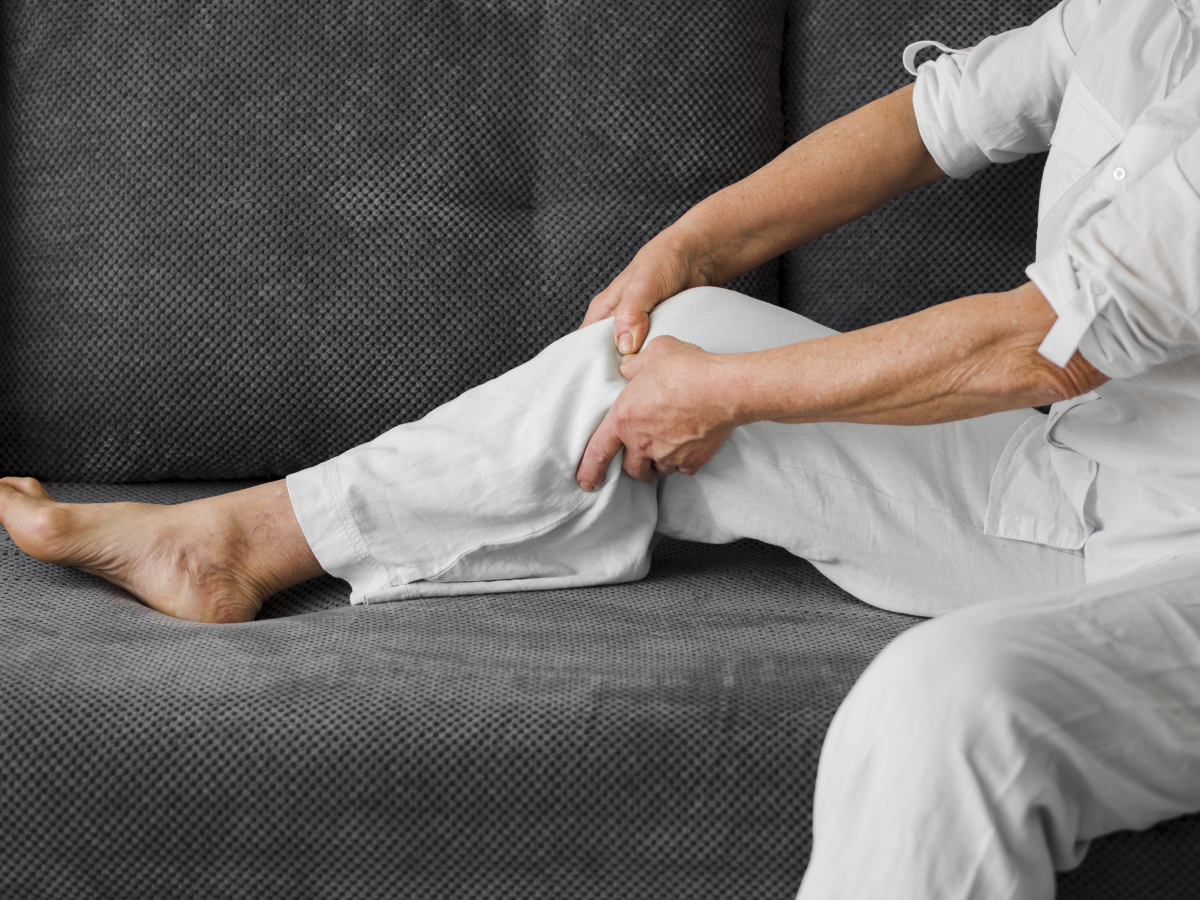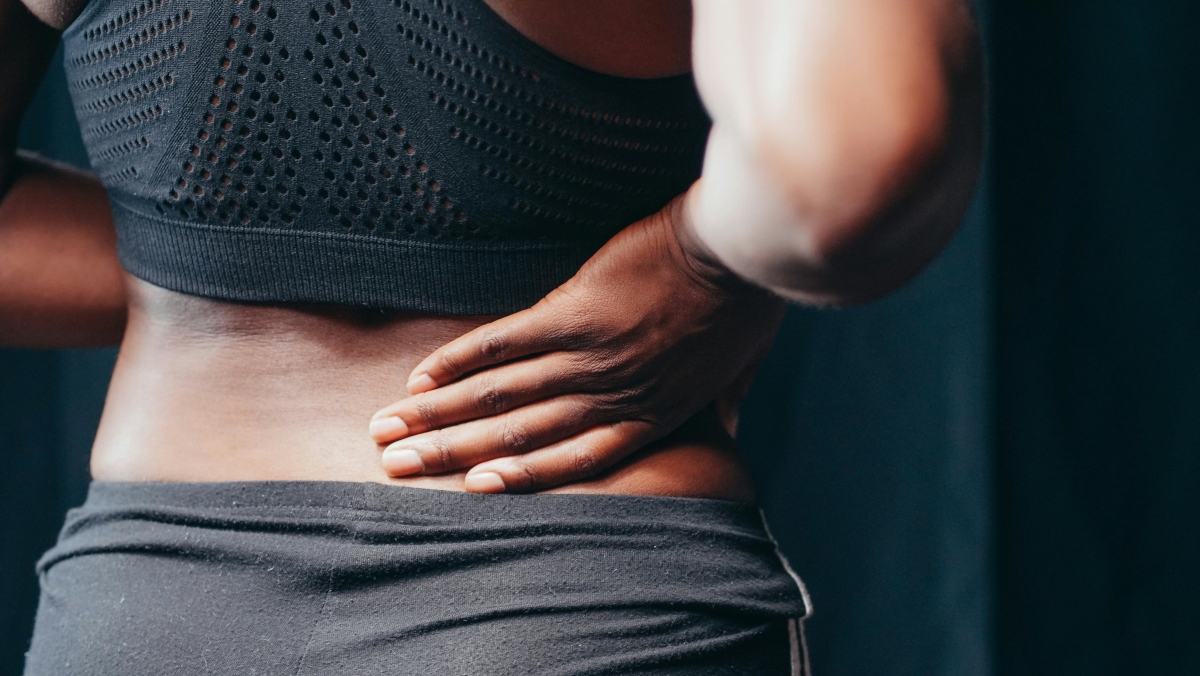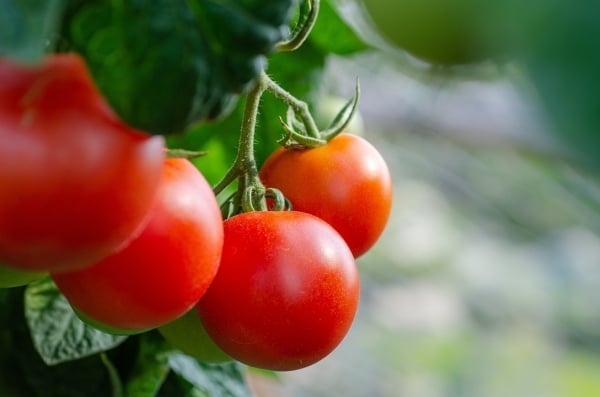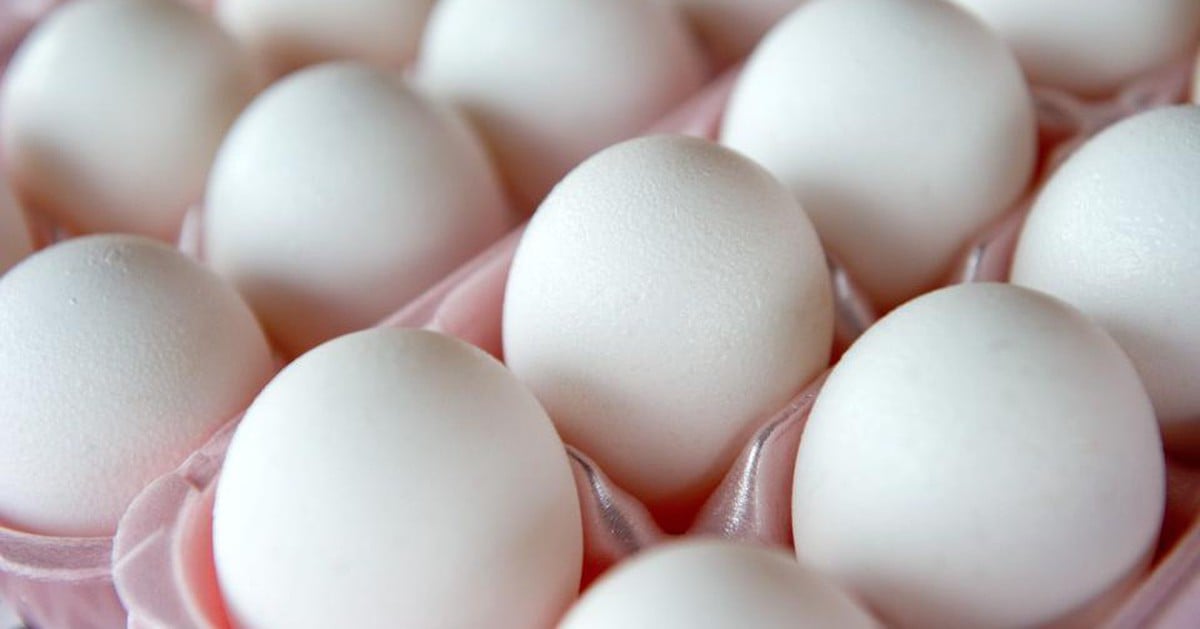According to Dr. Tran Thi Phuong Thao, University of Medicine and Pharmacy Hospital, Ho Chi Minh City - Branch 3, when the weather is cold, peripheral blood vessels tend to constrict, limiting blood flow to the joints, reducing nourishment to the joints, synovial membrane, and cartilage. Cold causes tendons and muscles to contract, making the joints stiff and painful...
In patients with long-term osteoarthritis, the cartilage layer is worn away, exposing the concave and convex ends of the bones. The nerve endings are also more sensitive, so patients often feel pain and stiffness more clearly.
Therefore, as soon as the weather "changes", joint pain will strike, seriously affecting the patient's quality of life. Below are 4 tips to help patients with joint pain take care of their joints properly, limiting pain when the weather "changes", according to Dr. Thao.
Keep your body dry and warm
When the weather turns cold, you need to wear enough warm clothes, use scarves, gloves, socks... Avoid getting your feet and hands wet, and quickly dry your body when it rains.
When the joints show signs of pain and stiffness, it is necessary to warm up the area around the pain by shining an infrared lamp or using a hot compress, mugwort leaves with salt... to dilate the blood vessels, allowing blood to flow easily to nourish the joints. Do not massage directly on the area of acute inflammation (swelling, heat, redness, pain).
Bone and joint training
Many people with joint pain are afraid of pain and do not dare to move, causing the joints to become stiffer and the disease to become worse. However, when the joints are painful, it is necessary to exercise regularly but gently to help blood circulation, cartilage tissue to absorb nutrients and increase secretion, lubricating the joints.
You can practice properly to improve joint function by massaging and using therapeutic methods. Every day, you should spend 30 minutes to 1 hour doing simple exercises such as swimming, cycling, tai chi, qigong, yoga... according to the principle of gentleness, suitable for your individual strength and when you finish doing it, your joints will feel comfortable, less pain, and your range of motion will be improved.
This is not only beneficial for the skeletal system but also improves health, brings mental refreshment and helps work more effectively.
Eat and maintain a healthy weight
You can improve your joint health through your diet. Eat foods rich in antioxidants and anti-inflammatory compounds.
Ensure adequate absorption of essential micronutrients such as calcium, vitamin C, D; eat lots of fruits, tomatoes, fatty fish such as salmon, mackerel, sardines. Supplement with nuts, green leafy vegetables, kale, spinach, radishes... Limit stimulants, red meat, saturated fat, foods that are too sour, too salty...
In particular, maintain a reasonable weight to avoid putting pressure on the joints, helping to prevent premature joint degeneration.
Do not use painkillers without permission.
When your joints are painful, you should see a doctor early to get appropriate treatment. You should not self-diagnose and buy painkillers because they often contain corticosteroids, which can easily damage the stomach, cause swelling, and weaken the immune system. Avoid using word-of-mouth treatments, products of unknown origin, and products without clear scientific research evidence.
Source link



































![[Photo] Prime Minister Pham Minh Chinh chairs Government Conference with localities on economic growth](https://vstatic.vietnam.vn/vietnam/resource/IMAGE/2025/2/21/f34583484f2643a2a2b72168a0d64baa)




























































Comment (0)